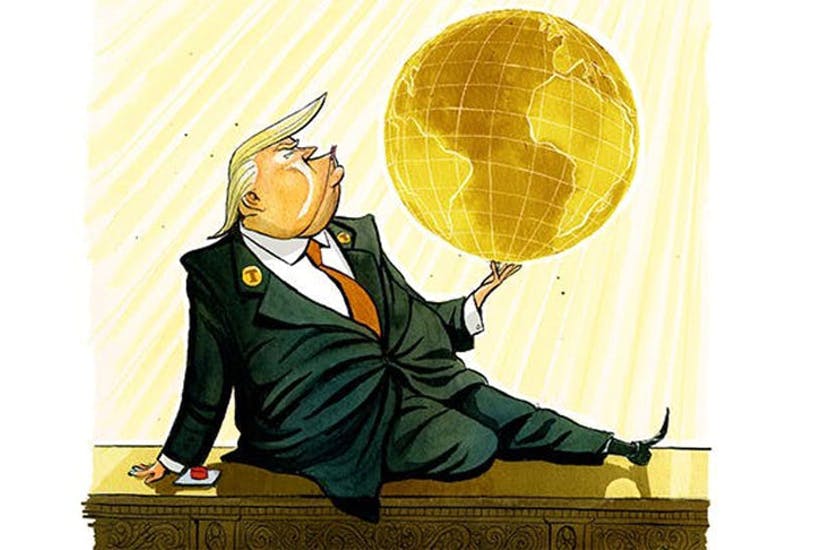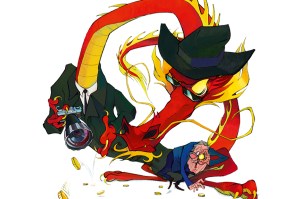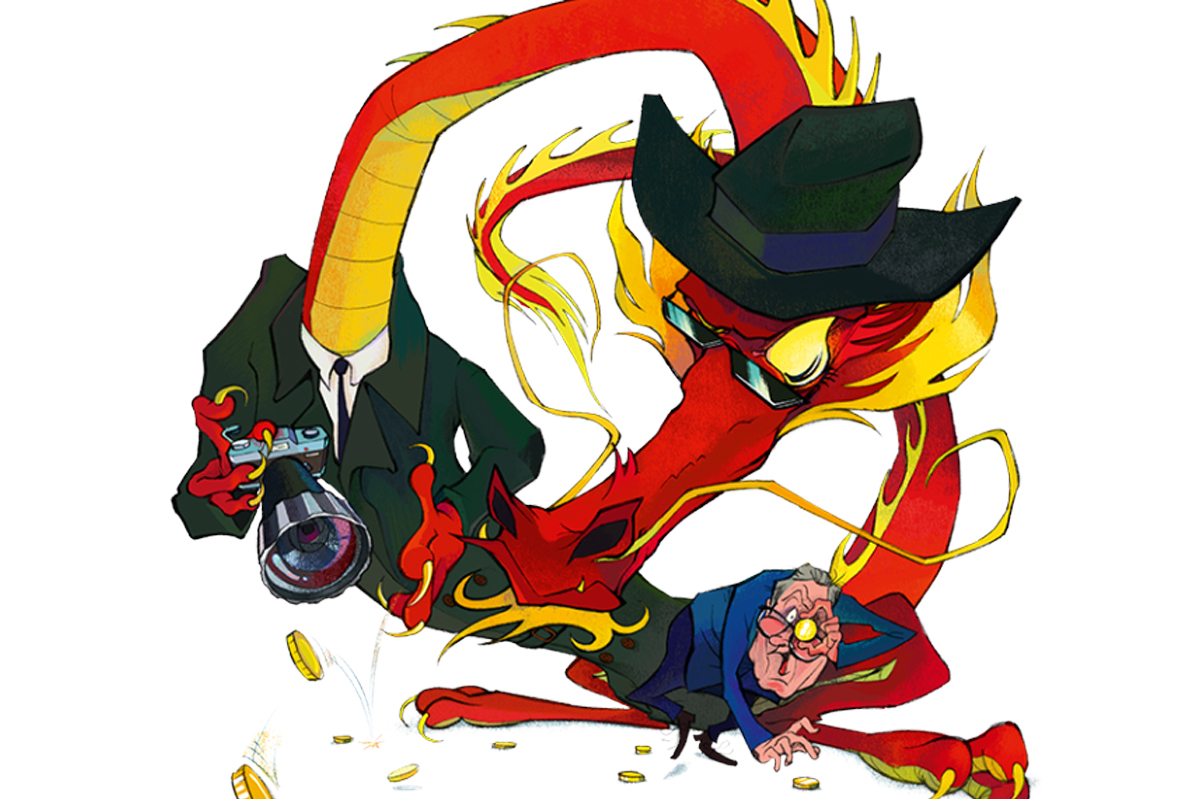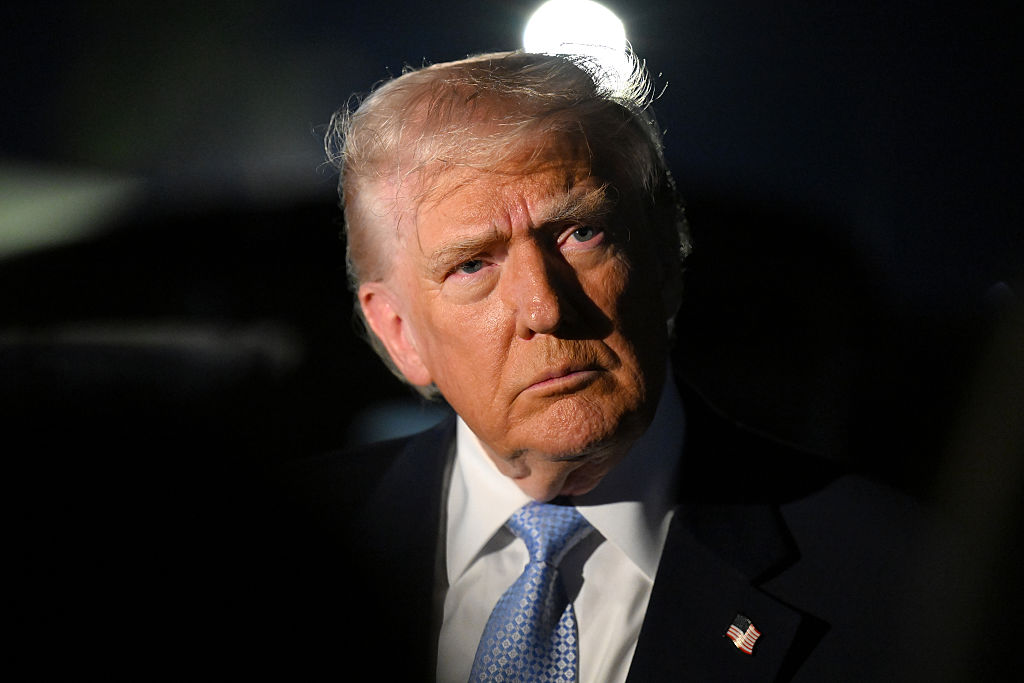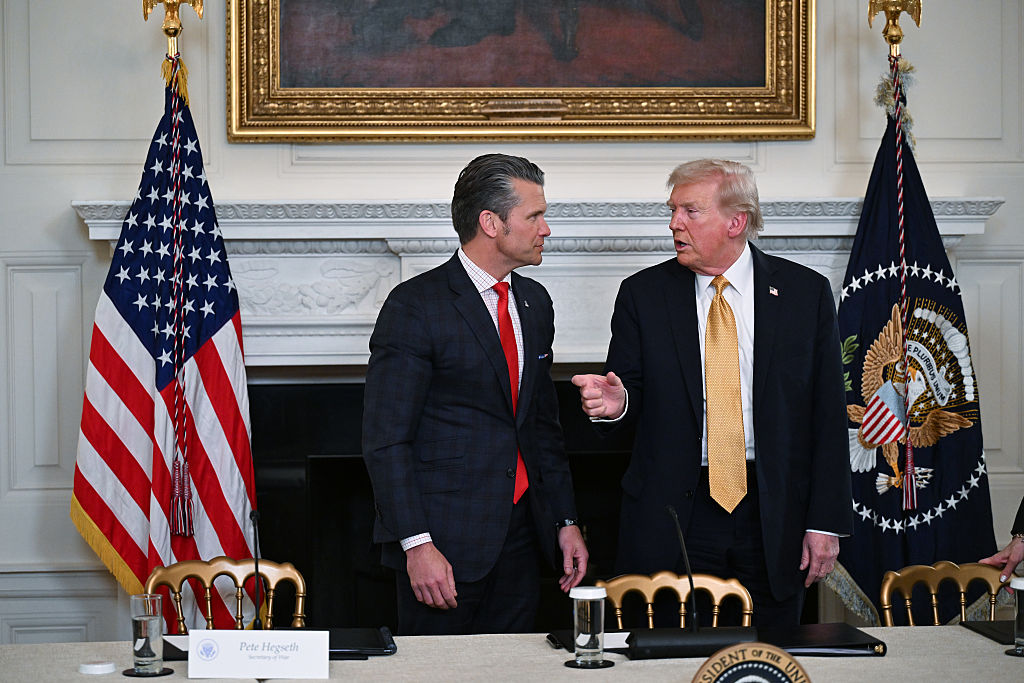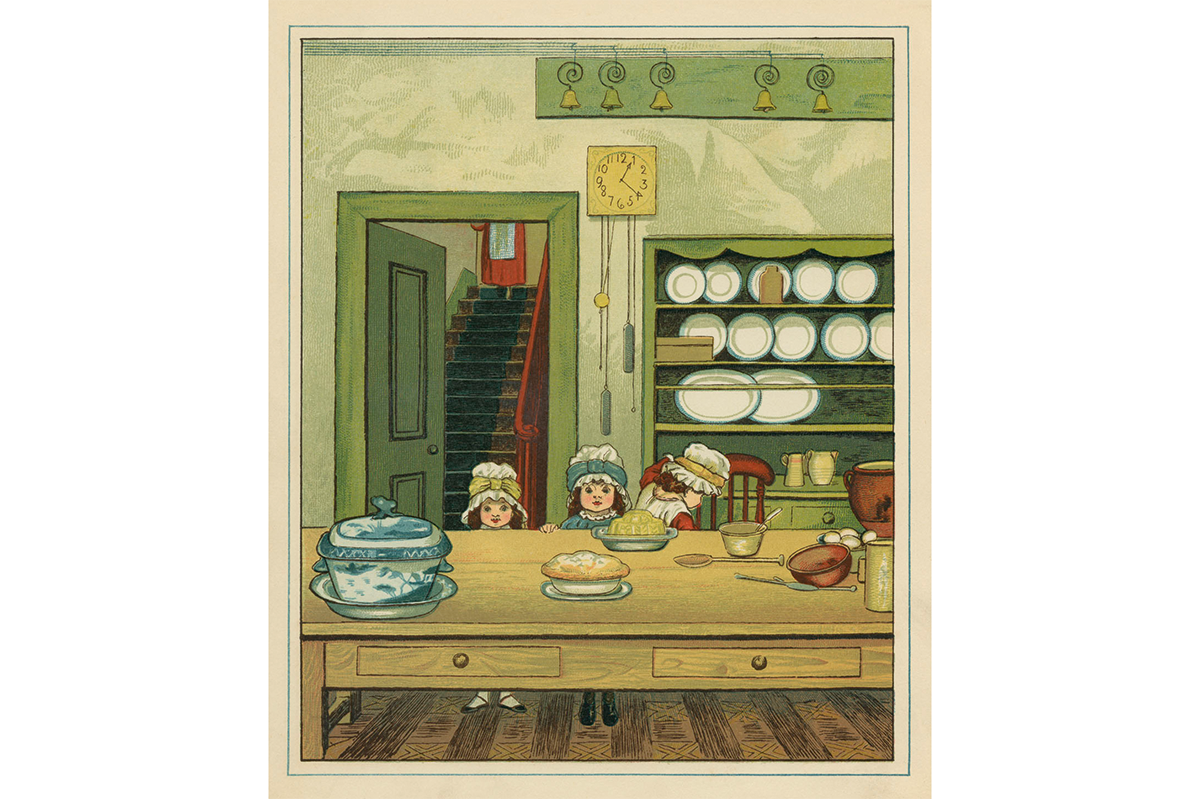At 12:01 a.m. on Monday, President Donald Trump went a long way toward defusing a potential war – not with Iran, but Canada and Mexico, where Trump revoked tariffs he had imposed in the name of national security. Why the sudden bout of tariff reduction? The president is focusing on a one-front trade war with China.
The restrictions began as two fronts of the same war. Trump imposed 25 percent tariffs on steel and 10 percent tariffs on aluminum imported from China last March. Then he extended those tariffs to the EU, Canada, and Mexico on June 1.
But the president seems to have concluded that the US can no more fight a two-front war in trade than on the battlefield. He announced on Friday that the North American tariffs would lapse this week. Trump also postponed slapping an anticipated 25 percent tariff on automobiles from Europe and Japan for at least six months. And on Thursday night he halved tariffs on Turkish steel, which he doubled during the stand-off over the jailing of Pastor Andrew Brunson, from 50 to 25 percent.
The new USTR agreements enlist Canada and Mexico in the war with China. The nations vow to prevent the ‘importation’ and ‘transshipment’ of ‘unfairly subsidized’ aluminum or steel from third countries. They stipulate that nations can reinstate tariffs if either country believes the trade relationship is unbalanced, and if bilateral consultations fail.
Crucially for US farmers, Canada and Mexico agreed ‘to retaliate’ – there’s that martial language again – ‘only in the affected sector (i.e. aluminum and aluminum-containing products or steel).’
After the June tariffs, Canada, Mexico, and the EU (which were far from perfect trade partners beforehand) targeted strategic US products. Export-reliant agriculture was hit hard. ‘Mexico’s 20 percent retaliatory tariff on US pork has cost our producers $12 per animal, or $1.5 billion on an annualized, industry-wide basis,’ said David Herring, president of the National Pork Producers Council.
But retaliation accounts for only so much. In a trade war, most casualties are self-inflicted. This was no exception.
- Metal tariffs cost Ford and GM $1 billion apiece over the last year, while Fiat Chrysler credited tariffs for a $500 million loss;
- Harley Davidson reported that EU tariffs cost $100 million annually, and US tariffs factored into its decision to shift some production from the EU to Thailand;
- Aluminum tariffs cost the beer and soft drink industry $348 million and the nation a reported 146,000 net job loss, according to Canadian business analyst Michael Campbell; and
- US tariffs on Canadian newsprint accelerated job losses in the beleaguered newspaper industry, especially among local, hometown papers unable to shift losses through a larger network.
Altogether Canada, Mexico, and the EU imposed tariffs on $23.5 billion of US exports, according to Jacqueline Varas of the American Action Forum.
US consumers paid between $815,000 and $900,000 for every job created, economists estimate.
President Trump calculated that the US economy, roaring from deep tax cuts and deregulation, could absorb these costs. Economic growth has slowed but not reversed.
However, Trump is poised to impose a 25 percent tariff on virtually all $535 billion of Chinese imports. Varas estimates that the tariffs on Chinese steel will cost US consumers $58.7 billion. Morgan Stanley forecasts, if this happens we’ll ‘see the global economy heading towards recession.’ And the OECD has warned that a prolonged US-China trade war will reduce global GDP by $600 billion (or 0.7 percent) by 2021-2022.
That’s enough for Trump – a self-described, true believing ‘tariff man’ – to sound a strategic retreat. The president has unilateral authority to regulate any trade he deems a national security threat under Section 232 of the Trade Expansion Act of 1962. The Trump White House still calls foreign vehicles a ‘national security threat, which is causing harm to the American automobile industry.’ A Commerce Department report completed, but not released, on Friday considers lack of US investment in research and development a national security threat.
But critics countered that relatively minor imports from historic allies did not threaten America’s geostrategic position. ‘Tariffs on steel and aluminum were never justified in the first place,’ said Alison Acosta Winters, a senior fellow Americans for Prosperity. French finance minister Bruno Le Maire responded in pique that ‘global trade is not a gunfight at the O.K. Corral.’
Now the guns are turned on a new target. No one denies that China violated international trade norms en route to replacing the US as the world’s leading steel producer. Usha Haley of Wichita State University’s Center for International Business Advancement, and co-author of Subsidies to Chinese Industry, said the Chinese government provides a 30 percent subsidy to its domestic steel industry ‘through government loans that don’t have to be repaid, free power, free land, and so on.’
President Trump sees China as a strategic threat, not a partner. Sen. Ben Sasse, who is a frequent Trump foe, sees US trade decisions within this framework. ‘China is our adversary,’ he said. ‘Canada and Mexico are our friends. The president is right to increase pressure on China for their espionage, their theft of intellectual property, and their hostility toward the rule of law. The president is also right to be deescalating tension with our North American allies.’ President Obama’s ambassador to Canada also believes that Trump is backing off, because he’s in a ‘particularly difficult place with China and in need of maybe some friends and allies at the table.’
But wars require sacrifice and bring setbacks. Increasing the price of food hurts the most vulnerable – a fact that likely will not restrain Beijing. US employment will suffer as corporations adjust their supply chain.
Trade wars, like real wars, sometimes convince nations to change alliances. Last August, BMW threatened to move some production from Spartanburg, S.C., to China to sidestep the PRC’s new rules.
Even a one-front war sometimes spills into secondary fronts. ‘The president seems to think that [t]he Chinese exporters will simply absorb the tariffs and keep their prices low by taking lower profits. There is no evidence that this will happen,’ wrote Madsen Pirie of the Adam Smith Institute. ‘More likely, the Chinese will send to the EU the low-cost steel they cannot now sell in the US, thereby undercutting EU producers.’
For now, the markets will enjoy the ceasefire. The administration hopes to pass its USMCA replacement for NAFTA before the August recess. However, House Democrats oppose the agreement without greater international labor and environmental regulations. (Alas, political wars never end.)
Trade advocates are cautiously optimistic that the new arrangement will improve that sector of the economy. But ‘the devil is in the details,’ said Winters, ‘which we have yet to see.’



